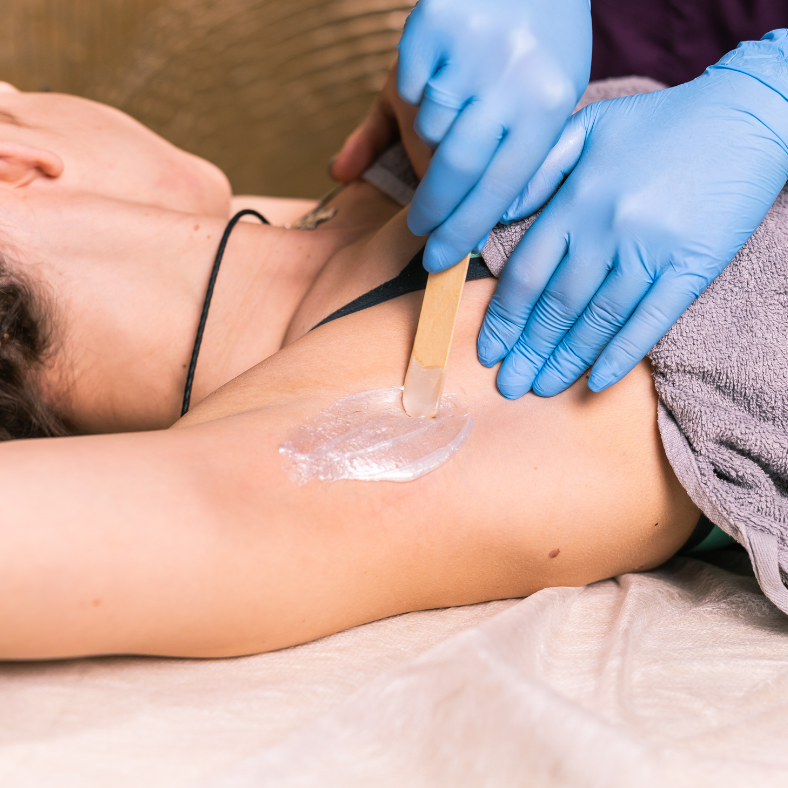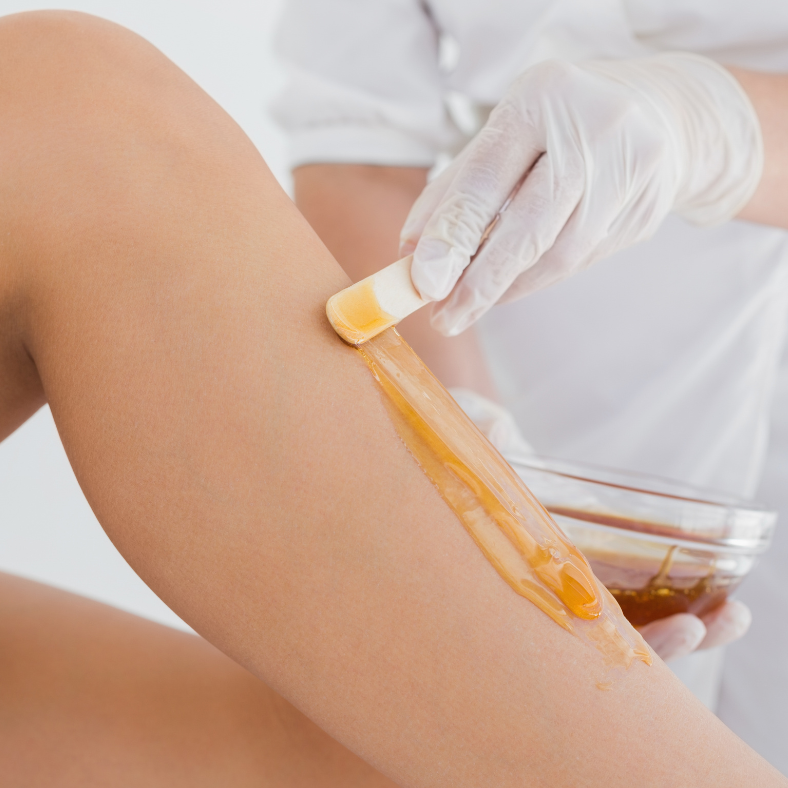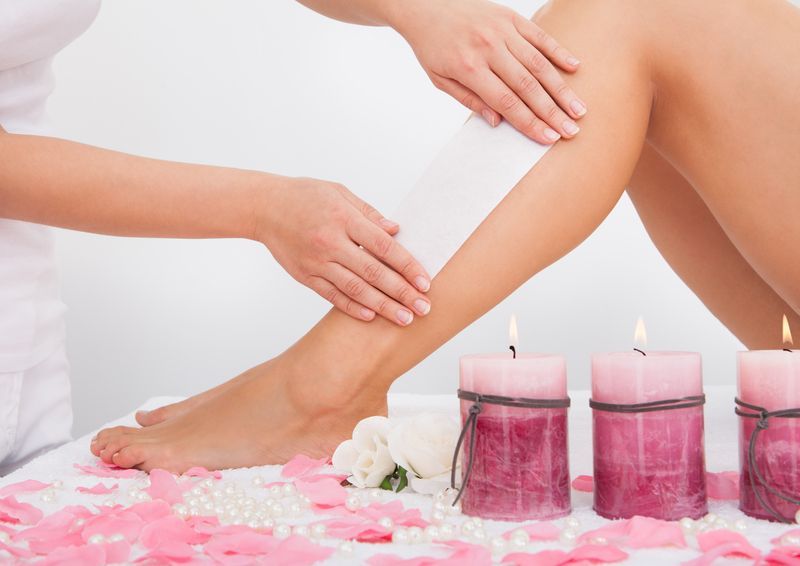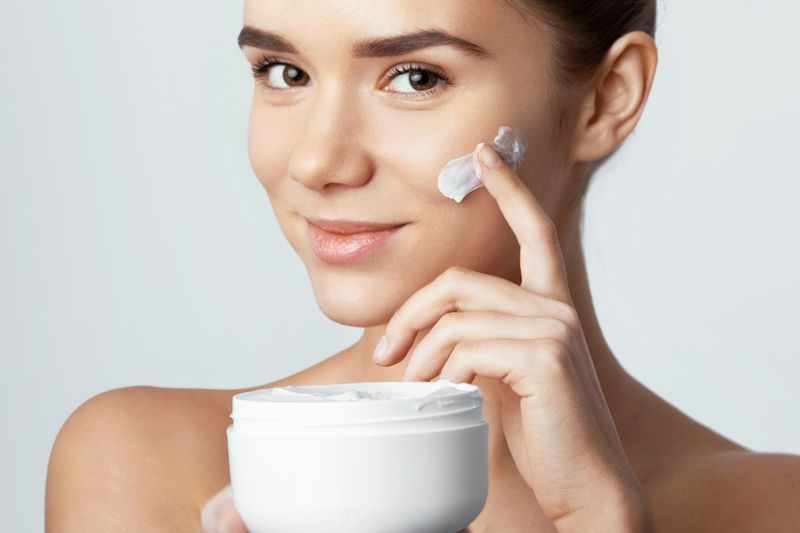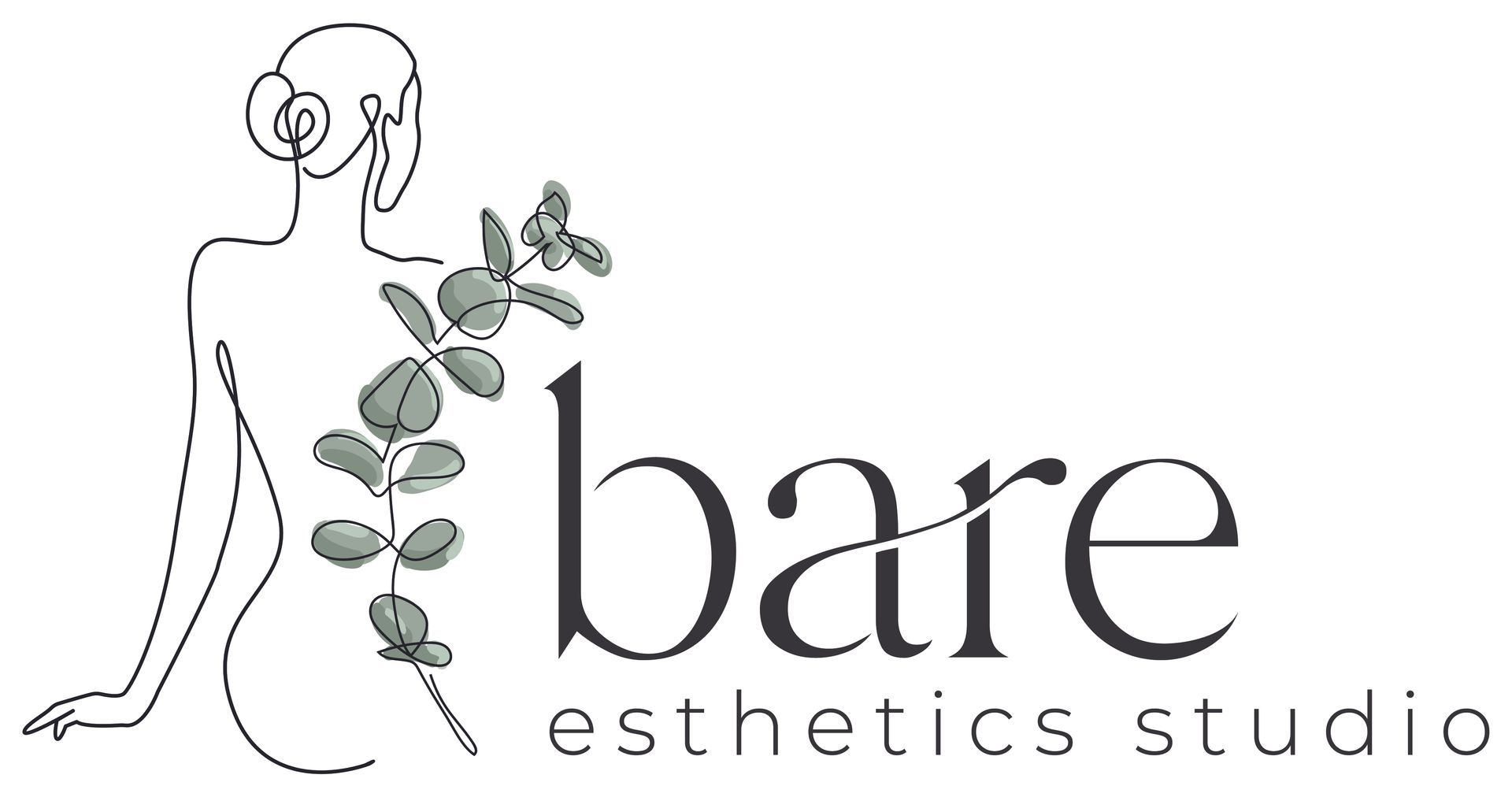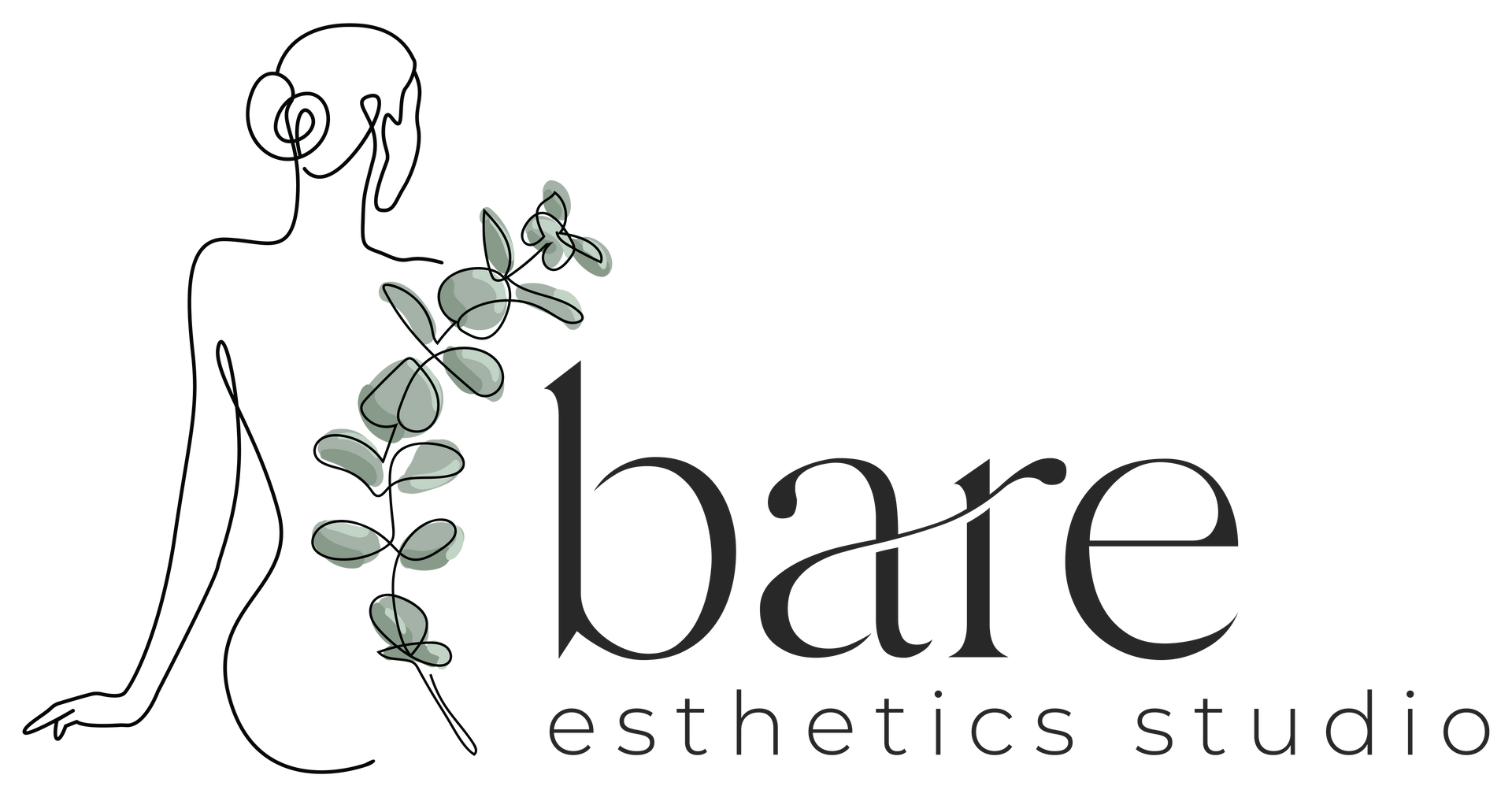Micro-Needling: Unlocking the Secrets to Revitalized Skin
Embark on a journey into the world of skincare rejuvenation, where the secrets to revitalized skin await discovery. Micro-needling, a technique hailed for its transformative effects, holds the key to unlocking youthful radiance.
Understanding Micro-needling: An Introduction
Micro-needling, also known as collagen induction therapy, is a minimally invasive cosmetic procedure designed to improve skin texture, firmness, and hydration. This process involves the use of fine needles to create tiny punctures in the top layer of the skin, which stimulates the production of collagen and elastin. The technique has roots in traditional Chinese medicine and has evolved with modern dermatology to become a popular option for those seeking to rejuvenate their appearance without resorting to more invasive surgeries.
Since its introduction, micro-needling has found a secure place in the skincare routines of many. Whether used alone or in conjunction with other treatments, its ability to address a range of skin concerns— from fine lines and wrinkles to acne scars and pigmentation— makes it a versatile tool in the quest for healthier, more youthful skin.
The Micro-needling Procedure: Step-by-Step Guide
Micro-needling begins with a thorough consultation with a skincare professional. This step is crucial for determining suitability for the procedure and discussing any concerns. Following this, pre-treatment preparations might include applying a numbing cream to the treatment area to minimize discomfort. The micro-needling process itself then employs a specialized device, often a derma roller or a pen-like machine, to gently puncture the skin. These tools are carefully selected based on individual skin types and concerns, ensuring a customized treatment.
Post-treatment, patients are advised on proper skincare to enhance and maintain the effects of their procedure. Recovery times vary, with most individuals experiencing slight redness and swelling for a few days after the treatment.
Who Should Consider Micro-needling?
Micro-needling is suitable for individuals looking to address signs of aging, scars, or uneven skin texture. It's particularly beneficial for those seeking minimally invasive options with relatively quick recovery times. It's not suitable for everyone. Conditions such as active skin infections, chronic skin diseases, or certain medical conditions could make micro-needling more harmful than beneficial. As such, it's critical to undergo a thorough consultation with a skincare professional prior to deciding on treatment. This step ensures the procedure is safe and appropriate for each individual's unique skin condition and health history.
Whether you're contemplating adding micro-needling to your skincare regime, it's essential to approach this decision with a clear understanding of the process, potential benefits, and considerations. By doing so, you paved the way for a more informed and successful skin rejuvenation journey.
The Science Behind Micro-needling: How It Works
At its core, micro-needling leverages the body's innate healing abilities. Through the creation of microscopic wounds, the process initiates a series of reactions in the skin that culminate in collagen and elastin production—key components for maintaining youthful, resilient skin. Collagen induction therapy, as this process is scientifically known, essentially tricks the skin into "repair mode," leading to improved skin texture and firmness over time.
The role of these tiny punctures is pivotal; they act as catalysts for skin regeneration without causing significant damage to the epidermis. Patients can expect to see the initial results, such as a brighter complexion and a reduction in pore size, within a few weeks. More substantial improvements, including a visible reduction in scars and wrinkles, typically manifest within a few months as the skin continues to produce new collagen.
Advantages of Micro-needling over Other Skincare Treatments
When compared with other skin rejuvenation treatments like chemical peels and laser therapy, micro-needling stands out for several reasons. Firstly, its minimally invasive nature means less downtime for the patient—a significant advantage for those with busy schedules. Micro-needling can be safely performed on all skin types and colors, without the risk of hyperpigmentation that other treatments might pose.
From a cost perspective, micro-needling presents a more accessible option for those seeking effective skin rejuvenation without the hefty price tag of laser treatments or regular chemical peels. Its versatility in treating a wide range of skin issues, from aging signs to scar reduction, makes it a valuable addition to one’s skincare arsenal.
Risks and Considerations
While micro-needling is generally safe, it's not without potential side effects. These can range from mild to moderate and typically include redness, swelling, and bruising at the treatment site. To minimize risks, it's crucial to follow post-treatment care instructions meticulously and protect the skin from sun exposure.
Selecting a qualified and experienced practitioner is perhaps the most critical factor in mitigating risks associated with micro-needling. Patients should look for professionals with a track record of successful treatments, who can provide testimonials or before-and-after galleries. Discussing the recommended frequency of treatments is essential; most practitioners suggest spacing sessions several weeks apart to allow the skin ample time to heal and rejuvenate. Understanding these facets of micro-needling can guide individuals toward making an informed decision, ensuring they reap the benefits of this innovative skincare treatment safely and effectively.
Personal Experiences and Testimonials
The transformative journey of micro-needling is best illustrated through personal experiences. Numerous individuals have shared their stories, highlighting the significant improvements in their skin's texture, firmness, and overall appearance. One such account is from Maria, a 34-year-old who battled with acne scars since her teenage years. After just three sessions of micro-needling, Maria noted a "remarkable difference" in the appearance of her scars, describing her skin as "smoother and more radiant than it has been in years." Such testimonials underscore the procedure's capacity to not only enhance physical appearance but also boost self-confidence and well-being.
Further Reading and Resources
For those intrigued by the scientific underpinnings or looking to go deeper into micro-needling, a wealth of resources is available. Scholarly articles and clinical trials, accessible through medical libraries or online databases like PubMed, offer a comprehensive look at the effectiveness and scope of micro-needling treatments. Professional organizations such as the American Academy of Dermatology provide guidelines and standards for skin treatments, serving as valuable references for prospective patients.
Choosing the right practitioner is crucial for a safe and effective micro-needling experience. Certified estheticians or dermatologists should possess a deep understanding of the skin’s anatomy and a track record of successful procedures. Many professionals showcase their work through online platforms or social media, allowing potential clients to assess their expertise. Seeking recommendations from trusted sources or reading reviews can further aid in making an informed decision. Despite the advancements in skincare, navigating the array of available treatments can be overwhelming. Micro-needling presents a compelling option for those seeking minimally invasive, cost-effective solutions to common skin concerns.
By thoroughly researching the process, understanding the potential risks and benefits, and selecting a qualified practitioner, individuals can embark on a journey toward rejuvenated, healthier skin. As with any cosmetic procedure, informed consent and realistic expectations are paramount. With the correct approach, micro-needling can be a transformative skincare experience, offering not just aesthetic improvements but a renewed sense of confidence and well-being.
Ready to uncover the secrets to rejuvenated skin? Experience the transformative power of micro-needling today.
Contact Bare Esthetics to embark on your journey toward a revitalized complexion.


